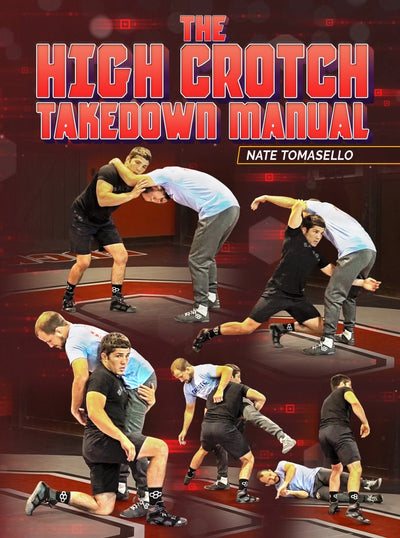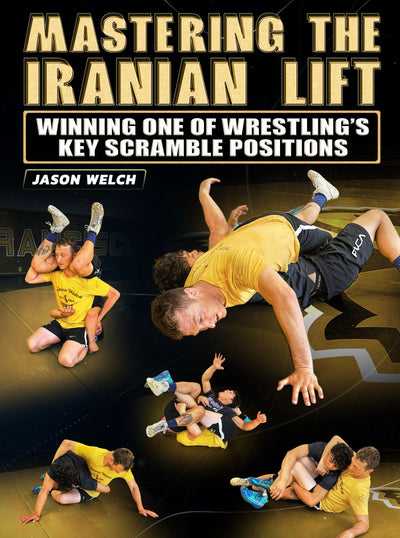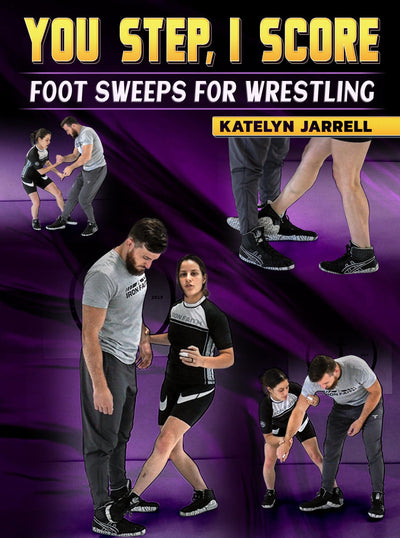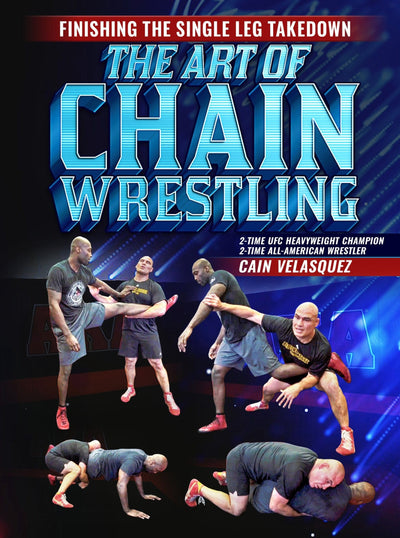Strength & Conditioning for Wrestling Part 1
In my short 27 years, I’ve coached athletes as young as 4, all the way through seniors in college. I’ve seen some of the most emotionally driven practice sessions and just as many tough breaks as I have glorious moments. There is one thing, however that remains prevalent in the wrestling world and that is a continuous disbelief and lack of care for a well-rounded strength and conditioning program. Although this has recently taken a turn for the better, I have been around numerous coaches who think resistance training for wrestlers is counterintuitive, bad for the weight cut process, stresses out the athlete, etc. My main purpose for this piece is to shed some light in this dark area, and show you why you SHOULD BE strengthening yourself, and some good ways to go about it.
Here are 3 phases to the year for a wrestler and the goals for each one:
Offseason:
The offseason can be the trickiest one so we’ll tackle it first. The offseason is a time where we walk a delicate balance of avoiding burnout and injury, and making the most progress possible. There are 3 main goals we want to accomplish for an athlete to flourish and thrive; here are the 3 for the offseason:
-these can be in strength, endurance, technique, etc.
-That’s right coaches, you heard me, heavy resistance training even for the small guys. We’ll go into the benefits more later.
-Wrestling season can be long, grueling, and can take a hell of a toll on the body. While I’m not advocating laziness, there should be plenty of time for stretching, yoga, or any of your normal pastime activities as these sessions should ONLY be an hour or so tops. Within the next season, as coaches we want stronger, faster, focused, HEALTHY wrestlers ready to give it their all.
Where could you be if you got better by 1% EVERY DAY? Click Learn More!
Pre-Season:
Pre-season by my definition is usually 5-6 weeks before mandatory report for the athletes. This phase is what gets us prepared to tackle specific outcomes we want for the upcoming competitive season, but these phases work like a chain, it is only as strong as its weakest link so it is important we give our all in each one.
- Transition to more sport-specific exercises, movements, and conditioning
-Focus should be given more to movement drills, resisted and otherwise, explosion exercises, hand-eye coordination, reaction time, etc.
- Still make progress with our new found strength from the offseason
-Keep our big body lifts (bench, squat, clean, Olympic lifts, pick your poison, lat, grip, core) strong and consistent, we drop lesser exercises like excess arm work for movement drills, not the other way around fellas.
- Specific Training Days
-In this phase, a typical training week is Monday-Friday. Though that may seem a little heavy not all of these days are strict lifting/resistance training days. The old adage, “Train smarter, not harder” is complete BS, we want to train hard, but be smart about it. Typically M/W/F should be lifting days, along with maybe 1 or 2 core specific movement drills. T/TR should be devoted to conditioning, possibly heavy conditioning one day and then lighter the next with more movement drills to finish.
During Season:
- Time on the mat is the primary focus
-Treat it as such. In this phase you should be practicing full time, as the season has kicked off for the year.
- Focus outside of practice should align in the 2/3s rule
-The 2/3s rule tells us that during season, we spend roughly 1/3 of the day performing in the weight room, practice, mental prep, among other things. Training during this part of the year is extremely strenuous, and our main priority is being healthy and 100% mentally prepared to compete, so the other 2/3s of the productive day are spent sleeping, studying, stretching, things that keep the mind and body active but do not compromise its healing process.
- Above all else, HAVE FUN!!!
-That’s right guys and gals, HAVE FUN! I know we all want to do well, and practice and preparation gets intense and serious, but we need to remember to have fun with what we are doing. Enjoy the process of becoming a better athlete. Even on the hardest days, find something positive and cling to it. Never forget, none of us started wrestling to be undefeated, to be state, national, world, or Olympic champs, when most of us started it was simply to have fun. The more fun you make it, the more success you will have, I guarantee it. No unhappy wrestler was ever able to consistently give it their all, and as a coach that’s what we want, happy, healthy, dedicated individuals.
Benefits of a well-rounded program
While I’m not going to bore you guys with an insane amount of physiological terminology, there are some things it is important to understand. The benefits of a well-rounded strength and conditioning program are numerous. An athlete’s safety and performance are my top priorities, and understanding these concepts under the watchful eye of a competent coach can ensure both.
- Increase muscle mass- Muscle mass isn’t just excess weight. The more muscle a wrestler carries, the more calories he can burn. His/her composition will change before any weight gain, and the CNS stimulation can boost metabolism for the entire day.
- Increase in bone density and decrease in impact on muscles and ligaments- This one is extremely important and cannot be stressed enough. An increase in bone density can make you stronger as well as less likely to suffer from breaks and sprains. As for your muscles and ligaments, weightlifting can make you sore yes, but with the right technique and recovery management shouldn’t be around for long. When you engage in resistance training, you strengthen muscles (OBVIOUSLY) but along with that, you strengthen the ligaments that keep them together and performing at 100%. The stronger you are, the less likely you are to get hurt, and if you manage to get hurt, your recovery time is much quicker than someone who doesn’t use resistance training. Be strong, Recover fast, Move well.
- Increase in athlete’s self-esteem- This is huge when we talk about confidence and poise in sports performance. When the athlete makes progress, they typically feel pretty good about it whether that be in practice or the weight room. What we want is to maximize both so that they see progress with everything they do. When an athlete is happy with their performance, it releases dopamine into the body, which is one of the four chemicals in our body that deal with happiness. A happy athlete is a well performing one.
- Discipline- Discipline usually starts with a schedule. An athlete’s training should be neatly designed, scheduled, and broken down for easy visibility, as well as made easily accessible. This routine creates the discipline needed to ensure to the highest possibility that your athletes are doing what is necessary for their success.
Now that we’ve managed to make it through that, here are some tips and advice moving forward:
As a coach, I want to see every athlete succeed, and I will always do my best to make it so, but it is a 2 way street. I’ll guide the preparation, and you handle the performance. Do the right things, follow the workouts, the diets, in short, show up and do the work. You’ll see many positives in your performance, and no coach will ever be disappointed in that.
Keep any eye at for parts 2 and 3! Part 2 will cover workout templates, some base exercises, and links to some really cool stuff. Part 3 will touch on basic diet advice, and the things I use personally to be as successful as possible.

If you got 1% better EVERY DAY where would you be in a year? Ricky Lundell can take your strength to an all new level with his 1% Better Every Day Strength Building System!









